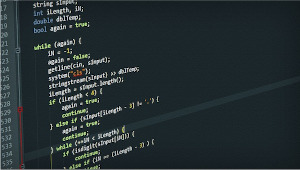
Arrays
When using Python we came across the list data structure:
The list is a fundamental data structure in Python that allows us to store and manage such collections of data, where the collection is gathered under a single identifier or name. Their contents can be changed during the run of the program, items can be added, changed or removed i.e. they are mutable.
E.g. we have just three of items on our shopping list above. Each item is in a given position indicated by an integer started at \(0\). So, "Milk" can be referenced by my_shopping_list[0] and "Tomatoes" by my_shopping_list[2] etc..
AQA Pseudocode
Syntax is as above, except the assignment operator that uses <-.
OCR pseudocode
Syntax is as above
Array vs List
- The list
my_shopping_listis a list in Python but more accurately we call it an array - The list
my_mixed_listis also a list in Python but it is not an array.
The difference is due to the data types being used. All items of data in an array must be the same data type.
2D Array
An array can have several dimensions. Suppose we wanted to also store a set os marks achieved by students on a test?
Here we have the marks achieved by 3 students, each item in the array represent the marks for a student. These marks are presented as a list. Think of this as a table with rows and columns:
| test 1 | test 2 | test 3 | test 4 |
|---|---|---|---|
| 19 | 16 | 14 | 16 |
| 12 | 8 | 11 | 14 |
| 20 | 17 | 12 | 8 |
To extract and process the items in the 2D array we need two indexes: e.g. marks[0][1], marks[3][0]
If wwe wanted to display all the marks as a table, using pseudocode, we might do:
AQA Pseudocode
OCR Pseudocode
Note
The indices in line 4, uses one set of square brackets with the row, column indices separated by a comma